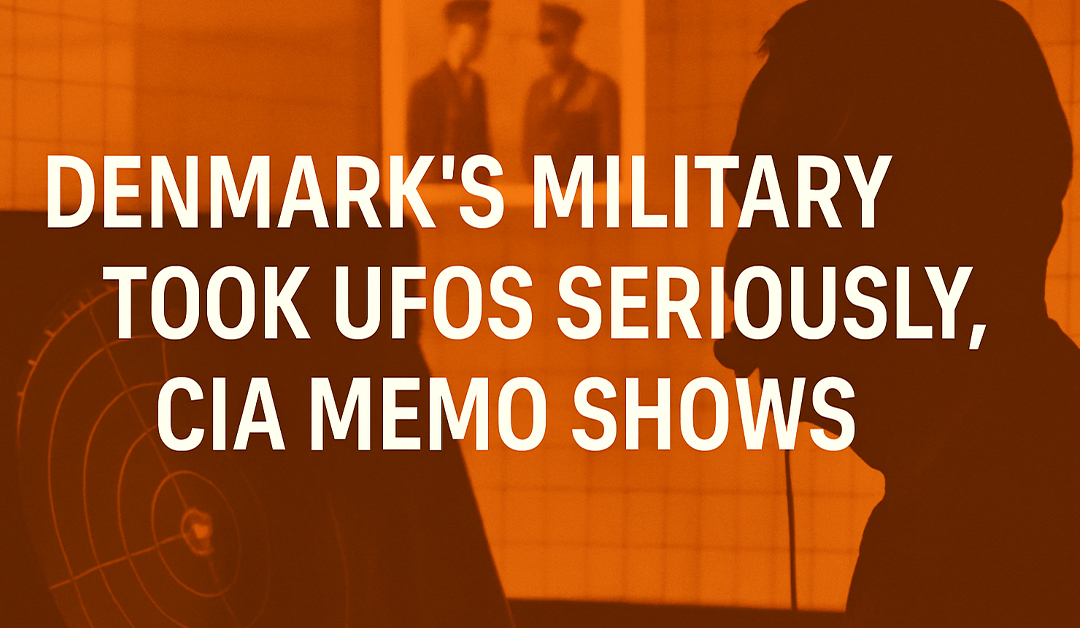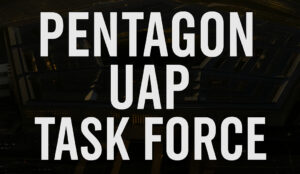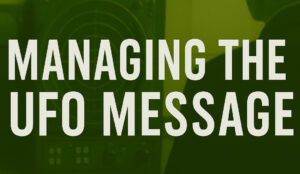A Cold War-era CIA memo sheds light on how seriously the Danish military regarded unidentified flying objects-well beyond what was ever publicly admitted.
The document, labeled DOC_0000015472, summarizes a confidential meeting between a U.S. Embassy official and senior members of the Danish Air Defense staff.
Far from brushing off the topic, Danish authorities discussed the subject of "flying saucers" as a matter worthy of attention, investigation, and direct military engagement.
The meeting took place within Denmark’s Air Defense Command headquarters.
"Danish defense leaders take serious view of flying saucers."
This was not public-facing policy. It was behind closed doors-without press, without theater, and without ridicule.
🛸 Standing Orders for Intercept and Reporting
According to the memo, the Danish Air Force maintained standing orders to report all sightings of unidentified flying objects. These weren’t just passive records. Pilots were expected to intercept when possible.
The Danish defense leaders confirmed:
-
All pilots were briefed on what to do if they encountered unknown aerial objects
-
Reports were forwarded to intelligence services for review
-
Engagement protocols existed in case the objects posed a threat
This level of operational planning reflected concern-not curiosity.
Officials made it clear that while no conclusive evidence of hostile intent had emerged, the pattern of sightings couldn’t be ignored.
The Danish military believed the phenomenon was "real" in the sense that trained observers were seeing objects that didn’t conform to known aircraft or atmospheric behavior.
📡 No Laughing Matter
In contrast to the dismissive tone often adopted in public discussion, Danish officials made clear during the briefing that this was not a fringe topic.
There was no ridicule. No attempt to wave the issue away.
On the contrary, the subject was treated with the same level of gravity as any other aerial unknown potentially encroaching on national airspace.
"They made it quite clear that they regard the phenomena as something real and of possible defense interest."
That phrase-"of possible defense interest"-is critical. It signaled that Denmark, a NATO ally, was aligned with broader U.S. and European concerns that something unexplained was flying within reach of military detection systems.
And they weren’t planning to ignore it.
🕳️ The Quiet International Front
This memo is not about aliens. It’s about policy. It shows that behind the scenes, governments were taking the UFO issue seriously-even if public statements said otherwise.
The Danish approach reflected a broader, quieter international posture.
Treat the subject with caution.
Train pilots to engage.
Pass data to intelligence.
Avoid public spectacle.
In the fog of Cold War paranoia, unidentified objects in the sky weren’t just speculative.
They were potential security variables-unknowns that couldn’t be predicted, and therefore couldn’t be ignored.







Danish Minister of Defence denies:
https://www.ft.dk/samling/20211/almdel/fou/spm/25/svar/1834997/2492252/index.htm